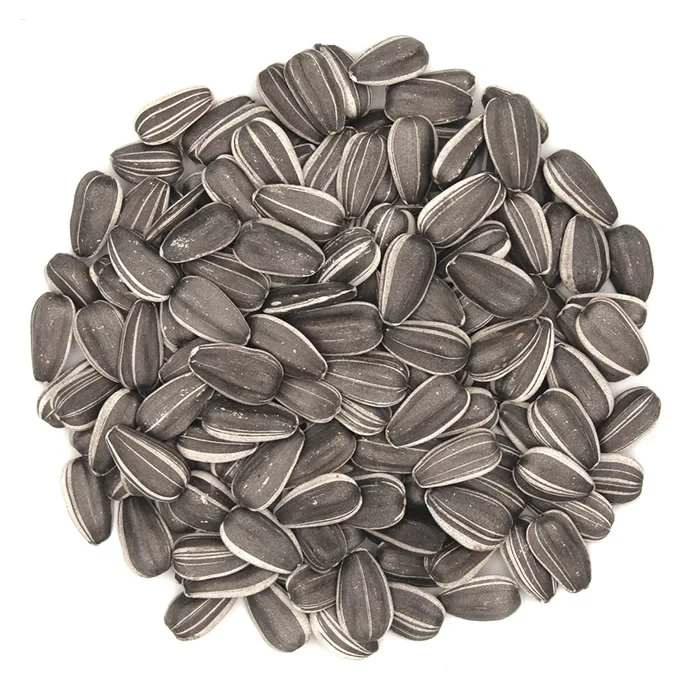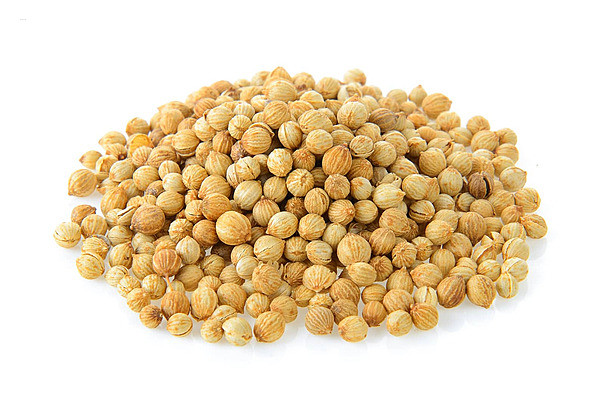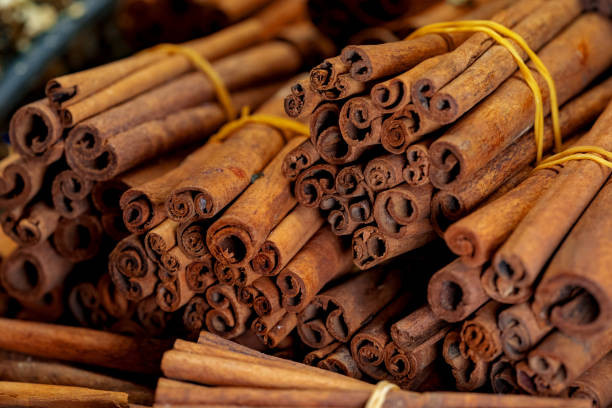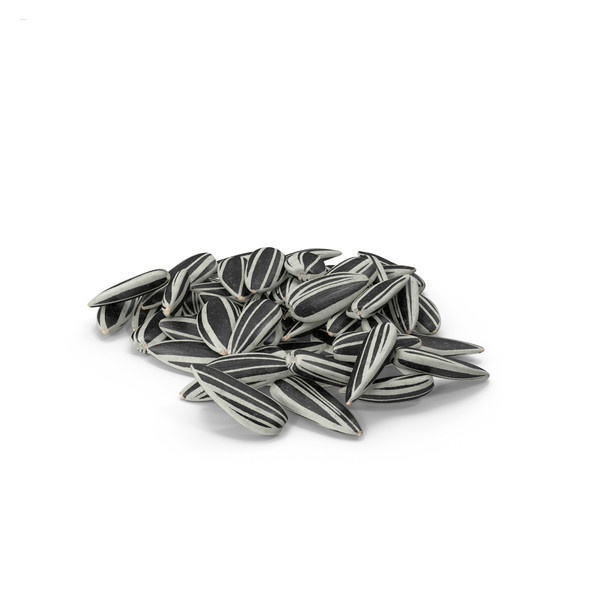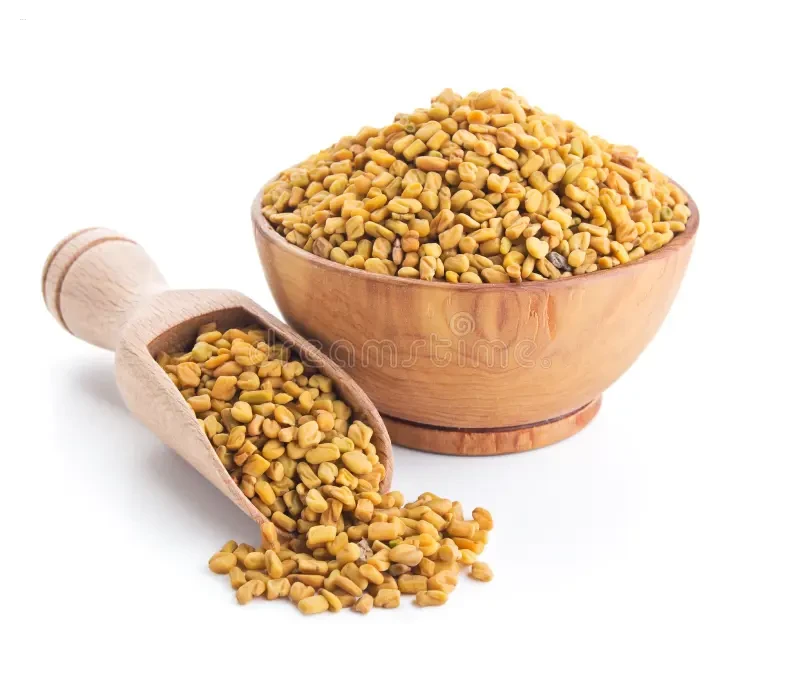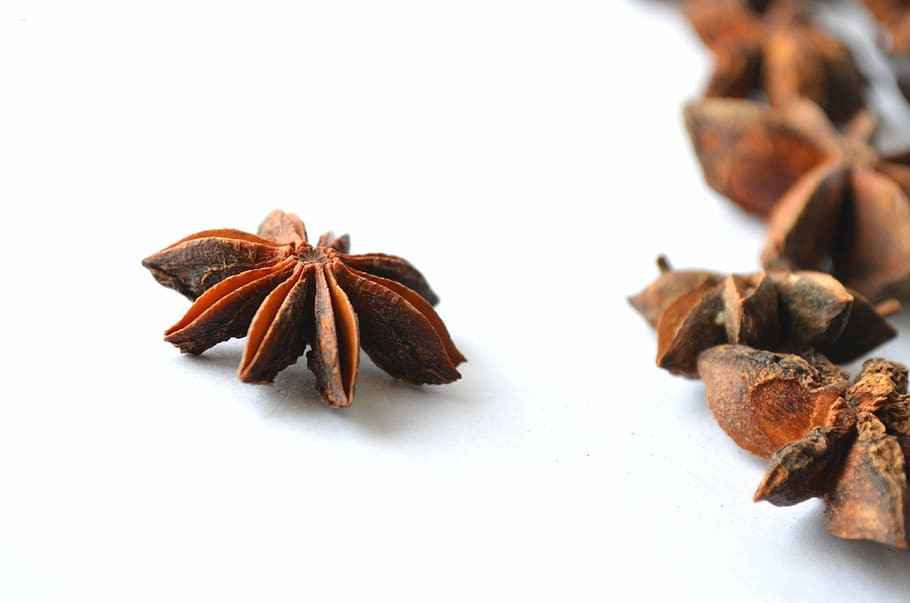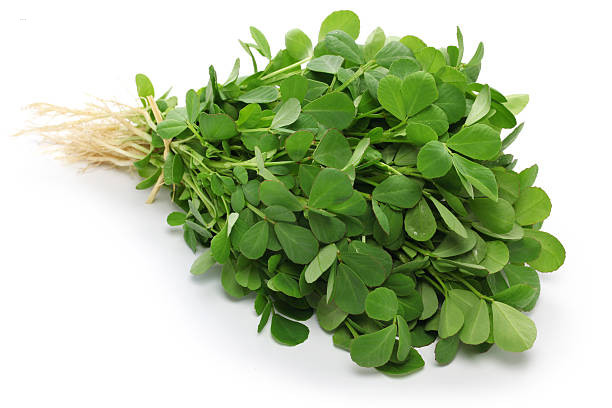

Fenugreek Leaves
Inhouse product
-
৳3.30
-
৳3.30
Reviews & Ratings
Discover the Flavor and Health Benefits of Fenugreek Leaves
Fenugreek leaves (Trigonella foenum-graecum), also known as methi leaves, are highly aromatic, tender greens that are a staple in Indian and Middle Eastern cuisine. These leaves offer a unique, slightly bitter flavor that enhances the taste of various dishes, from curries to parathas, dals, and chutneys. Fenugreek leaves are also packed with nutrients and have been used for centuries due to their numerous health benefits. Whether used fresh or dried, they bring an irresistible taste to any meal.
Health Benefits of Fenugreek Leaves
Fenugreek leaves are known for their healing properties and nutrient-rich content:
- Supports Digestion: Fenugreek leaves aid digestion and reduce bloating.
- Rich in Antioxidants: They contain flavonoids and polyphenols that fight oxidative stress and boost immunity.
- Helps Control Blood Sugar: Fenugreek leaves may help regulate blood sugar levels, beneficial for diabetics.
- Rich in Iron: They support healthy blood circulation and can help prevent iron-deficiency anemia.
- Promotes Lactation: Fenugreek leaves often increase milk production in breastfeeding mothers.
- Anti-inflammatory: These leaves have anti-inflammatory properties that help reduce swelling and pain in the body.
How to Grow Fenugreek Leaves
- Ideal Growing Conditions: Fenugreek thrives in moderate climates with temperatures between 60°F and 85°F. It grows best in well-drained, fertile soil with a pH of 6.5 to 7.0.
- Planting: Sow fenugreek seeds directly into the soil about 1/2 inch deep, spaced 1 inch apart.
- Watering: Fenugreek prefers moderate watering. Ensure the soil is kept moist but not waterlogged.
- Fertilization: Fenugreek plants require minimal fertilizer. However, adding compost or well-rotted manure can boost growth.
- Pest Control: Fenugreek is generally resistant to pests but watch for aphids or powdery mildew. Neem oil or a mild soap solution can help manage pests naturally.
Harvesting and Storing Fenugreek Leaves
Fenugreek leave are ready for harvesting in about 3-4 weeks after planting. Harvest young, tender leaves to ensure the best flavor. Fenugreek leave can be stored fresh in the refrigerator for a few days, or they can be dried and stored for longer shelf life. When drying, hang the leaves in a cool, dry place or use a dehydrator.
Culinary Uses of Fenugreek Leave
- Curries and Dals: Fenugreek leave add an aromatic, earthy flavor to curries and lentil dishes.
- Parathas and Flatbreads: Mix fenugreek leave into dough to make flavorful stuffed parathas or chapatis.
- Chutneys and Sauces: Add fresh fenugreek leave to chutneys or sauces for a fresh herbal twist.
- Salads: Use fenugreek leave raw in salads for a unique and healthy crunch.
- Stir-fries: Sauté fenugreek leave with garlic, onions, and spices for a flavorful side dish.
Cooking Tip
If you're using fresh fenugreek leave and want to reduce their natural bitterness, blanch them in hot water before cooking. This will make them milder in taste and perfect for adding to dishes.
Frequently Bought Products
Product Queries (0)
Login Or Registerto submit your questions to seller
Other Questions
No none asked to seller yet
-
৳3.30
-
৳3.30
eBagan
All rights reserved
